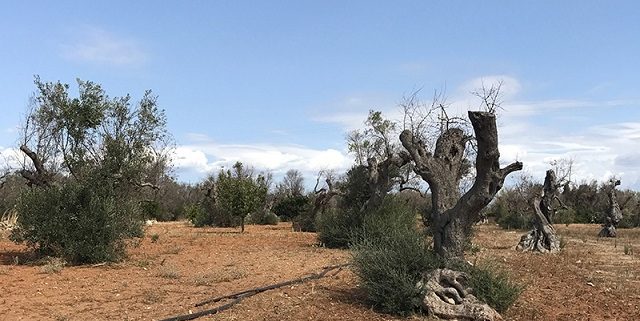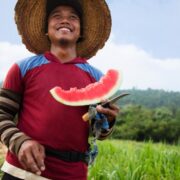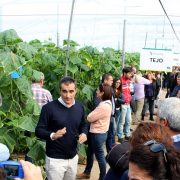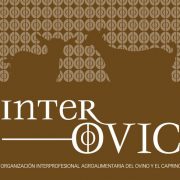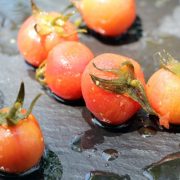Todolivo: a visit to the ‘zone 0’ of the Xylella fastidiosa
Part of the technical team of the company from Córdoba, Todolivo, made a trip, along with IFAPA researcher Lorenzo León and doctoral student Alicia Serrano, last September to the region of Bari, where is located ‘zone 0’ of the Xylella fastidiosa . The objective, to know first hand its effects and the latest advances that are made in the fight against this bacterium.
Last September Todolivo traveled to the region of Bari, in Italy, where the ‘zone 0’ of the Xylella fastidiosa is located, the bacteria that has put in check the world olive sector. The main reason for the trip was to know first hand its effects, the containment measures that are being practiced and the advances and research lines that are being carried out, as well as to evaluate to what extent the company could collaborate.
On this trip Todolivo had the collaboration of the researcher of IFAPA (Institute of Research and Training in Agriculture and Fisheries, dependent on the Junta de Andalucía) of Córdoba, Lorenzo León, and the doctoral candidate Alicia Serrano, who facilitated access to the Italian research team and accompanied the technicians of the Cordovan company, expert in Olivar en Seto, on the trip.
Once in Italy, the group met with Donato Boscia, the first researcher to detect Xylella in the olive tree. According to his story, everything started in August 2012 in the coastal town of Capilungo, where his in-laws have a summer house and where they own a few hectares of land with centuries-old olive groves.
Already that summer olive trees began to dry up. Xylella appeared first in some branches and then spread to the whole tree, as if it were infected with verticillium. Boscia’s father-in-law asked Boscia to examine him, knowing that he was a specialist in grapevine virus. However, he thought that, as a technician, he could still find some explanation for what was happening. Thus, Donato Boscia observed some differences with the Verticilium and took samples to his laboratory at the University of Bari. Once analyzed, they did not detect the presence of Verticilium in any of them.
After many analyzes in the search for a pathogen, he decided to speak with a former professor of his at the university and suggested that he collaborate to find the Xylella bacterium, which had already been written in the 1960s in the vineyard as very virulent, due to the proximity of crops (vineyard-olive). The analysis tested positive for Xylella in the fastidious subspecies. After this first case began the debacle of Olivier Salentino.
In the focus of the problem
In these moments, the radius of action of the Xylella affects more than 250,000 hectares. The Italian team of researchers is led by Donato Boscia and Maria Sapponari of the University of Bari, who work intensively in the search for solutions
 With them Todolivo shared two days of intense work and visits to plantations, where the technicians could see the effects and the different lines of research they were working on live.
With them Todolivo shared two days of intense work and visits to plantations, where the technicians could see the effects and the different lines of research they were working on live.
The delegation of Spanish technicians displaced to Italy could observe that the variety of the region, the Oiarola Salentina, is tremendously sensitive to the bacteria, but that, however, other varieties also planted in the area (although to a lesser extent), such as Leccino, they are very tolerant to the disease. Proof of this is a plantation very close to the area of Lecce where the farmer had half the plantation of Oiarola and the other half of Leccino, the first ones being completely dead and the second ones in perfect condition.
Varietal evaluation
One of the most important and most interesting lines of work is that which focuses on the evaluation of olive varieties. Its objective is to identify those that may have higher levels of resistance to the disease
An example is the program that began in November 2016 in collaboration with the IFAPA of Córdoba and through which was sent a collection of Spanish varieties (38 in total), among which are varieties with which Todolivo is working as Arbequina , Arbosana, Koroneiki, Picual, Hojiblanca, Manzanillo, etc., together with a group of new genotypes obtained by the Ifapa.
These varieties were planted in the open field, in ‘zone 0’, where the infestation was maximum. These plants, after a year and a half exposed, showed no symptoms to the disease. The plants were also pocketed to introduce the insect vector and cause greater infection.
This line of work has been complemented by another one that began in 2017 by this research team in collaboration with the IFAPA of Córdoba, and which extends the study of the tolerance of Xylella fastidiosa to 70 Spanish varieties and others from different countries. The difference is that, on this occasion, instead of exposing the varieties to the bacteria in the open, they are inoculating the bacteria in the laboratory and then taking them to a closed greenhouse, where their tolerance to it is analyzed.
Another line of research is that which is being carried out with wild olive trees (acebuches) that have been detected as resistant and are propagating them by means of grafts on adult trees
Finally, on the trip the technical team could also observe that the Xylella is a bacterium with a great ability to adapt to the infestation of numerous plant species such as walnut, rosemary, oleander and acacias.
Conclusions
In general, the impressions that Todolivo has extracted from the work done with the different varieties analyzed are encouraging, since, although the investigations are still open and have not concluded, possible sources of resistance to Xylella fastidiosa have been identified in some of the varieties evaluated.
On the other hand, as regards the Spanish varieties planted in ‘zone 0’, more than a year and a half ago and those inoculated in the laboratory, it should be noted that, as of today, they have not been affected by the bacteria.
Xylella fastidiosa is a phytopathogenic bacterium that causes diseases in the olive and other crops such as grapes, citrus, peach and almond, and other woody and shrub species, including ornamental and forest species of high ecological value. In Europe it was detected for the first time in October 2013 in southern Italy.
Source: Todolivo
YOU MIGHT ALSO LIKE:
➡️Todolivo starts, with the harvest, the final evaluation phase of its genetic improvement test field





